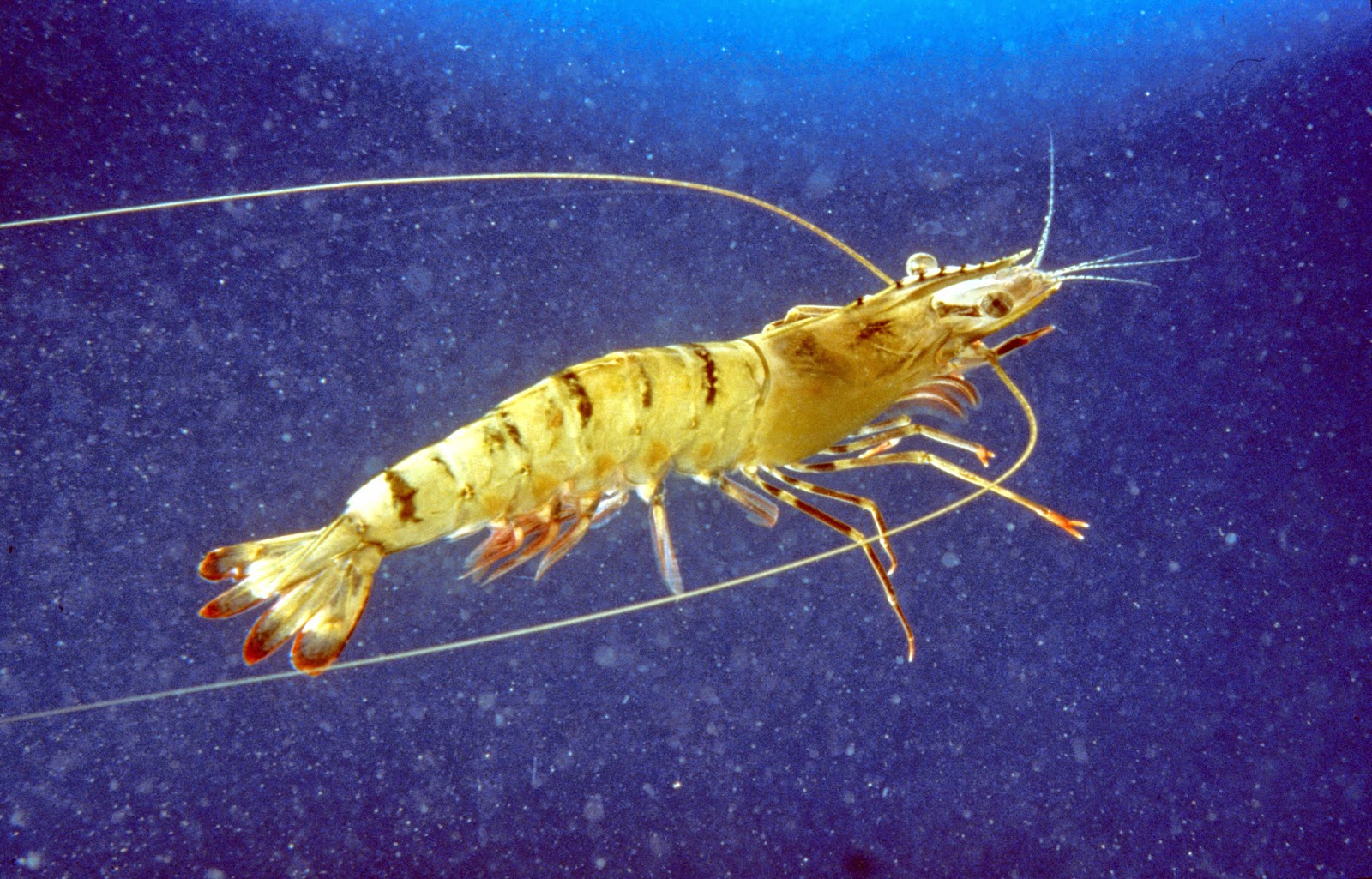Originally published in International Aquafeed November - December 2014
Aquaculture production has greatly increased over the last 20 years. In intensive production methods, decrease of water quality, increase of stress, decrease of food quality, and increased bacterial, viral or parasite infections can suppress the shrimp growth (Yousefian and Amiri, 2009). The high susceptibility to stress and the rapid spread of diseases in water have forced fish farmers to concentrate on maintaining their fish in good health in order to achieve economic performance (Hoffmann, 2008).
For a long time, the most common method for dealing with the occurrence of bacterial infections in aquaculture was the administration of antibiotics. However, aquaculture faces serious problems due to various adverse effects of these drugs such as accumulation in the tissue, environmental microbial flora.
On the other hand, to use antibiotic or vaccines for fish is expensive and in many farms unavailable (Yousefian and Amiri, 2009). However, the use of substances or nutrients incorporated into the feed to improve the survival rate, disease resistance and growth of shrimp has been used more and more and successfully.
The Saccharomyces cerevisiae yeast used in the fermentation of sugarcane to obtain ethanol could be an alternative. After fermentation the yeast may undergo a process of separation and washing, and then is stimulated to make an autolysis of its cell membrane, pouring their intracellular contents into the medium. Also its RNA can be "broken" into smaller fractions, for some specific enzymes, resulting in free nucleotides and nucleosides. This product is highly digestible and with free amino acids in its composition.
The cell wall of yeast has a high β-glucans amount, which is an immuno-stimulant to activate the T cells present in the intestine, triggering an activation of the innate immune system. Shrimp are apparently entirely dependent on a non-specific immune mechanism to resist infections (Hertrampf and Mishra, 2006). This stimulation of the immune system can leave it better prepared to face possible infections by pathogens. The cell wall also contains mannanoligosacharides (MOS) that agglutinate pathogenic bacteria.
Another benefit of this hydrolyzed yeast is that the intracellular content is fully available, ie, it offers high amounts of small chain polypeptides and free amino acids together fully functional yeast cell walls. These nutrients are readily available for absorption on the gut and metabolism utilisation. Among these amino acids, there are high levels of glutamic acid (glutamine and glutamate), which gives a large support to gut (as amino acid and energy source), and also has excellent palatability, leading to an increase in feed intake. The nucleosides guanosine monophosphate (GMP) and inosine monophosphate (IMP) also contribute in improving the palatability. Stimulating the feed intake, there is consequently a better resistance to the challenges and also a higher growth rate.
The free nucleotides from yeast can be used by the salvage pathway in cells (by this metabolic pathway the body can synthesise nucleotides with less energy cost as a result of the recycling of free bases and nucleotides from metabolic degradation of nucleic acid from dead cells and / or from the diet), especially in tissues with high cell turnover and limited capacity for synthesis of purine and pyrimidine by via de novo (such as intestinal epithelial cells, hepatopancreas cells, hemolymph cells and immune system), where the requirement of these bases is high.
When endogenous supply is insufficient for normal function, nucleotides become semi-essential nutrients or “conditionally essential” (Carver and Walker, 1995). This is especially the case in certain disease states, periods of limited nutrient intake or rapid growth (juvenile stages). Also dietary nucleotides appear to be important to support optimal growth and metabolically functions, such as lymphocytes and macrophages.
Some studies have been made in recent years to study the effect of the addition of nucleotides in the diet of shrimp, among these, Hertrampf and Mishra (2006) studied the addition of 0.2 percent nucleotides in the diets of Penaeus monodon, which resulted in a significant improvement in feed conversion ratio and decrease in mortality rate (38 percent). The same authors studied shrimp larvae directly fed with nucleotides and then compared with the feeding value of Artemia nauplii. In a two-rearing-cycle experiment in Penaeus monodon larvae, Artemia completely replaced nucleotides. In comparison to the Artemia group, the nucleotide group has an improved survival rate of 7.4 percent in the first cycle and 18.4 percent in the second cycle, respectively. These results show the importance of nucleotide supplementation in shrimp diets, especially in the larval and juvenile stages.
Nucleotides can combine nutritional as well as sanitary benefits when added to feeds. The quality of the product, the proper mixture and administration will determinate the results.
The use of hydrolyzed yeast as a source of free nucleotides and nucleosides besides providing a considerable concentration of these also possess other digestible nutrients to be readily used by the metabolism, and the presence of cell wall with their structural indigestible carbohydrates such as beta-glucans (immunostimulation) and MOS (agglutination of pathogens). This set of functional nutrients is a powerful ally in improving productivity in shrimp farming.
The Aquaculturists
This blog is maintained by The Aquaculturists staff and is supported by the
magazine International Aquafeed which is published by Perendale Publishers Ltd
For additional daily news from aquaculture around the world: aquaculture-news


















